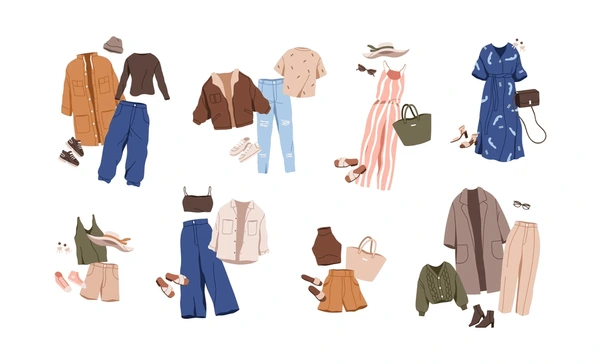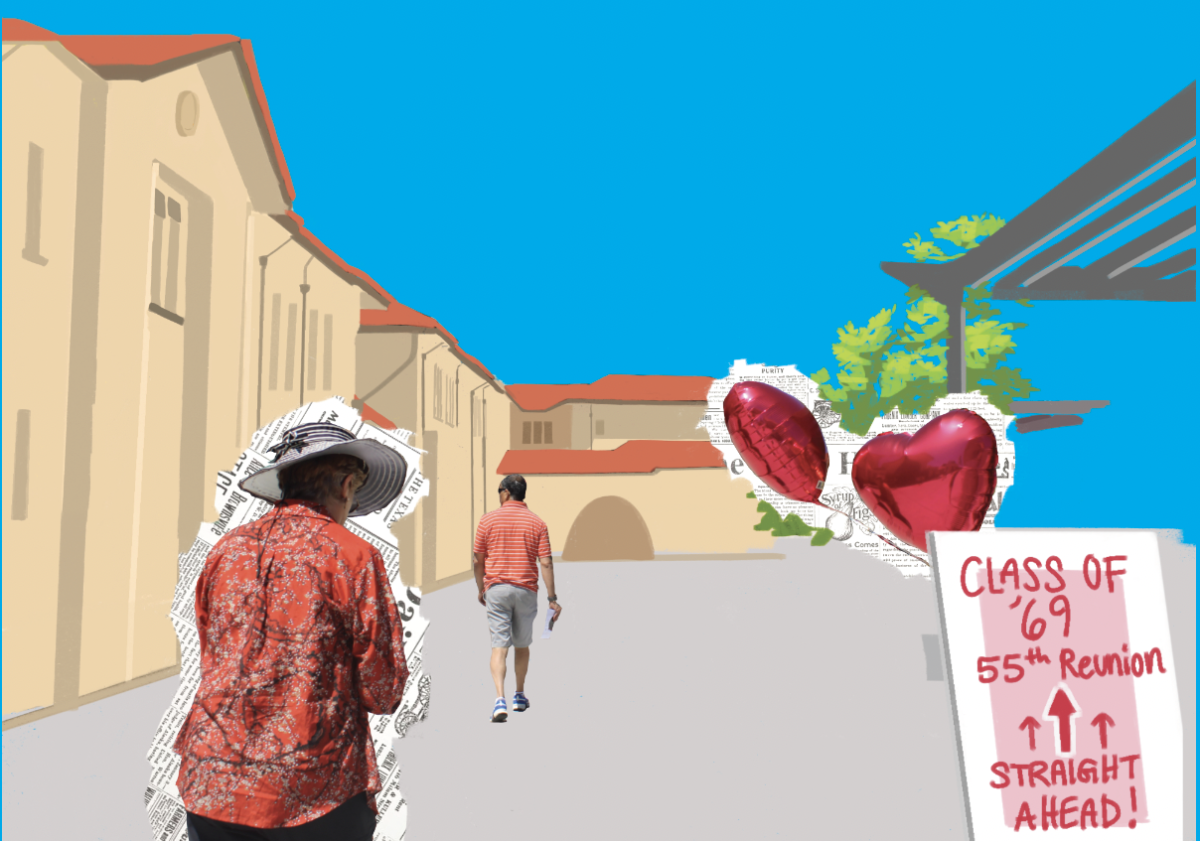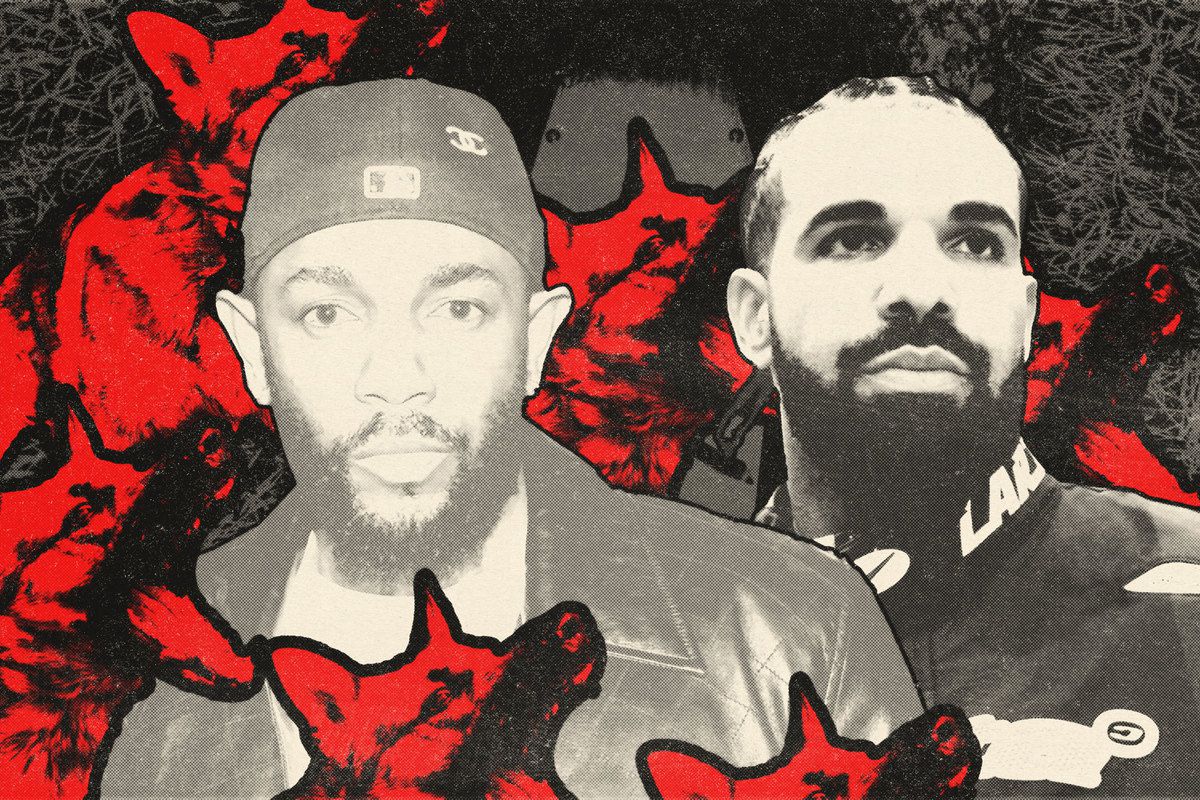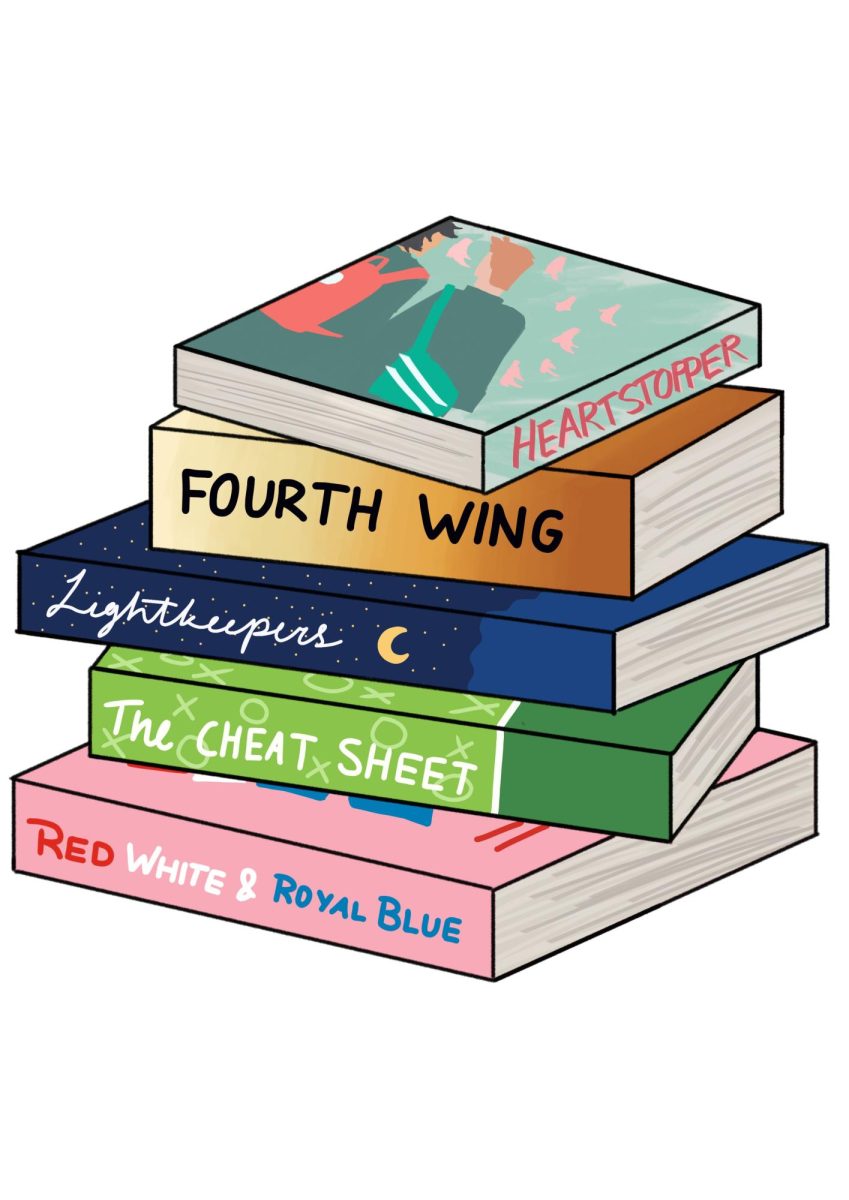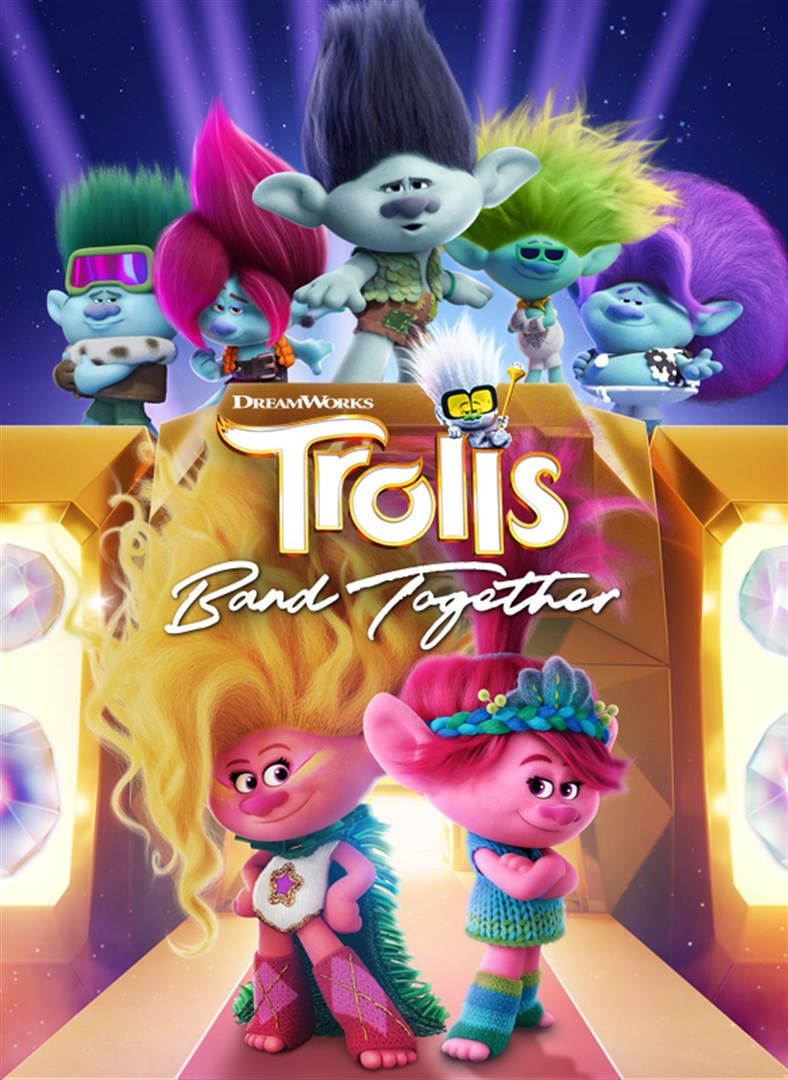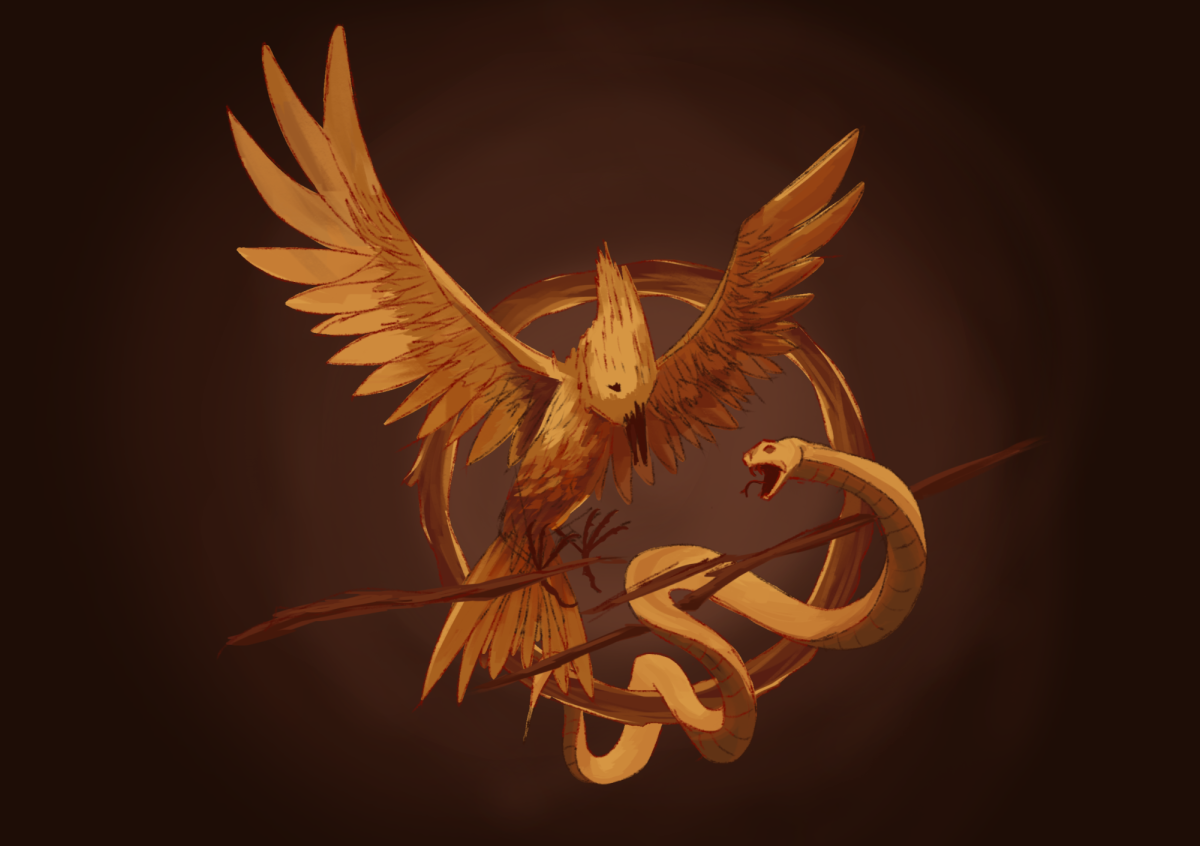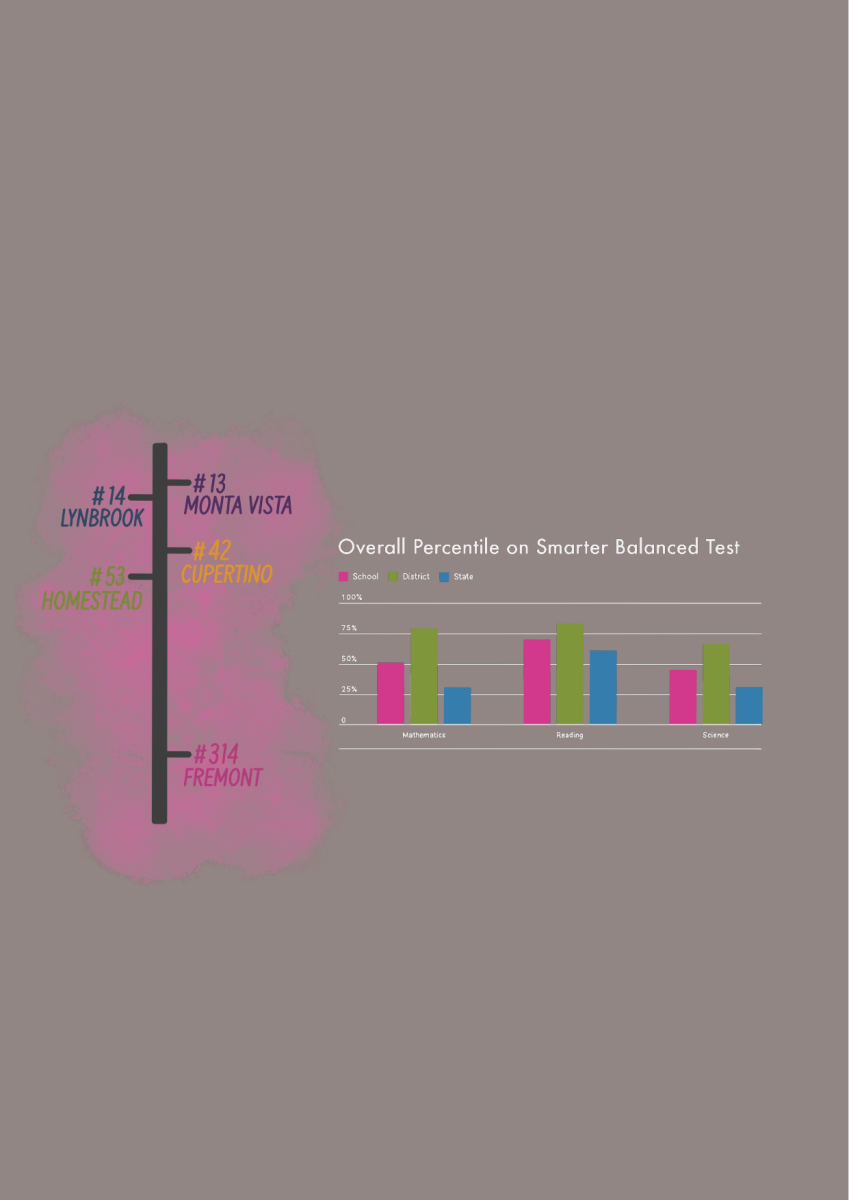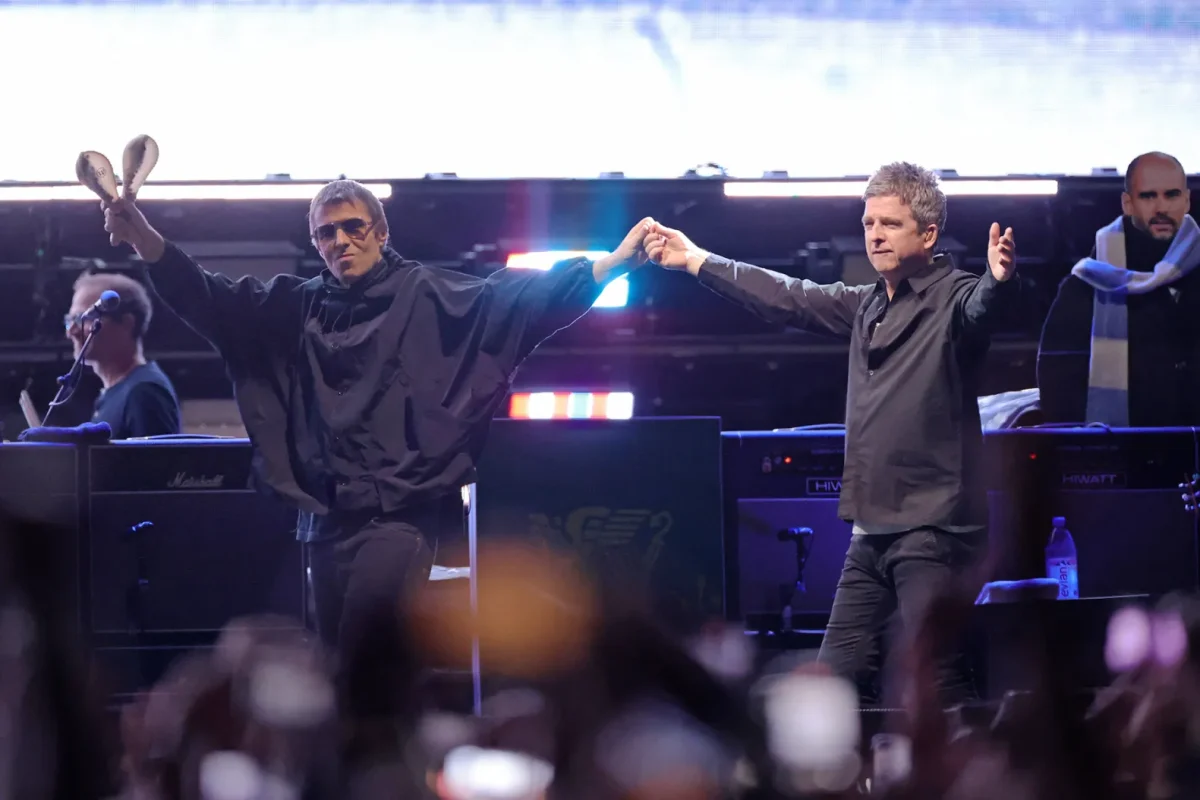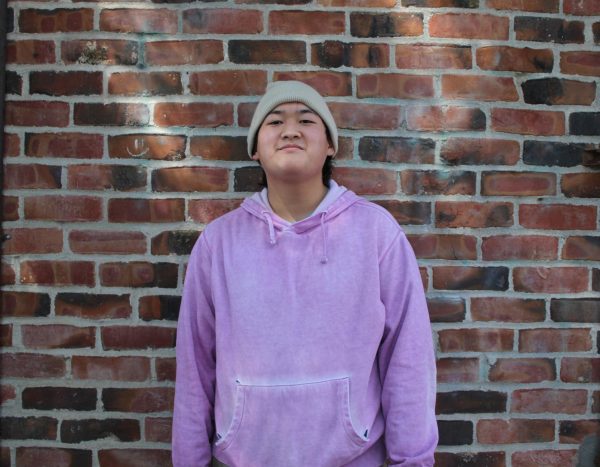Throughout history, humans have always communicated through the visual art of what they wear. But for most pre-industrial societies, fashion and its trends were always decided by the rigid nobility and royalty of empires and nations. However, in the modern day, this has faded away into making fashion a more personal and individual affair.
Most fashion trends in pre-industrial society were based on the scarcity and the value of the materials that made them. For example, purple dye was only made from a rare sea snail’s mucus which made it a color only affordable to royalty and nobility, ultimately becoming associated with both. Silk is a durable material with high tensile strength, and was accessible only through trade or heavy investment into textiles. Fashion was based on the whims of the royalty or upper nobility, with the middle classes often attempting to replicate them. Fashion, in that period, was a signifier of a rigid hierarchy and denoted your place in it. It sends a message of where you came from, who you are and what power you hold.
However, as society progressed, and the last vestiges of feudal rule and monarchies died in World War One and the resulting civil wars, suddenly fashion became disconnected from the ruling royalty and nobility. As political upheaval sacked or executed the nobility of Europe, industry had a role in the usurping of the nobility’s power in fashion. During and after the war, mass-produced textiles like trench coats and blazers, known only to be popular in the military, became everyday wear. With the power of the textile industry, fashion became a much more individualistic affair. Fashion was no longer a signifier of your place in rigid, ancient hierarchies. It became a matter of individual choice in aesthetics and how you want to express yourself.
The messages that one’s aesthetics bring are the core of fashion today. For example, there is an even significant aesthetic difference between the nouveau riche, the newly rich, of the late 20th century and early 21st century. The Kardashian family sports garish displays of wealth with designer brands, while those like Bill Gates, are more comfortable in their immense wealth and do not feel the need to display their fortune through clothing or accessories. These subtle differences point out the total fluidity of fashion as a concept in the modern day.
Even when divorced from the concept of wealth, aesthetics still play a massive part in how people present themselves. A somewhat obscure fashion trend is the “Jesse Pinkman” outfit. Jesse Pinkman is a character in the television show, “Breaking Bad”, who consistently wears oversized hoodies and jeans complimented with garish t-shirts and beanies. This style has been replicated by many who find the look endearing. The message that it communicates to others is that the character is relatively laid-back and participates in an almost bohemian lifestyle. The same can be extrapolated to other more obscure strains of fashion like goth, grunge or punk all with various meanings and political affiliations.
However, ironically, the individuality given to consumers through the boom in textile production has resulted in a trend towards comfort.
“The divide, in terms of like, just looking at everyone’s fits in general has started to even out because baggy clothing or just like comfortable clothing in general is becoming more popular,” Ricca Delacruz, a junior and member of the Fashion Club said. “I’m pretty sure nobody wants to sit for like eight hours a day at school wearing some really uncomfortable jeans.”
Ultimately, in the modern day, this has led to blurred divisions of class and wealth, as preferences of aesthetics and what message that sends is valued more. We see this in FHS, with students of different spectrums of wealth wearing items like hoodies or sweatpants.
Ethan Llamas, a senior and co-president of the Fremont Fashion club notes that there is still a difference between the clothing of lower and higher-income students even if they have similar types of clothing
“You’re only wearing [a brand] because you want people to look at you in a way. Like for example, you say ‘Oh, I bought Gucci’. That means you want to look like you’re luxurious,” Llamas said.
However, there is some popularity for the simple act of not caring about the aesthetics and the way one portrays themselves to others. Instead, they value what they believe welcomes them as a person and compliment their individuality how they view their style.
“A lot of people will buy clothes to fit in, but then there’s also people who go straight for personal style and don’t buy for brands or anything specific,” Ashwin Senawiratne, a senior at the Fashion Club said.
Valuing the proportions of his outfits, and aiming for earthy tones of brown and green as integral parts of his outfits, Senawiratne seeks a more individual style.
“I would describe myself as one of those because I’ve been dressing like this for five years now,” Senawiratne said. “And I keep going and I just dress for more how it fits me. But, I don’t really go for any specific aesthetic.”
There is a difference between those who use aesthetics as their expression and those who use them for their support or identification with movements or groups.
“So I think the people who do go for aesthetics will move on from one to another. But, the people who just like it for how it feels on them, and what makes them confident is different,” Senawiratne said.


